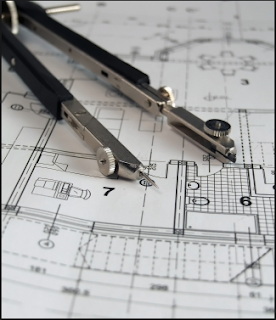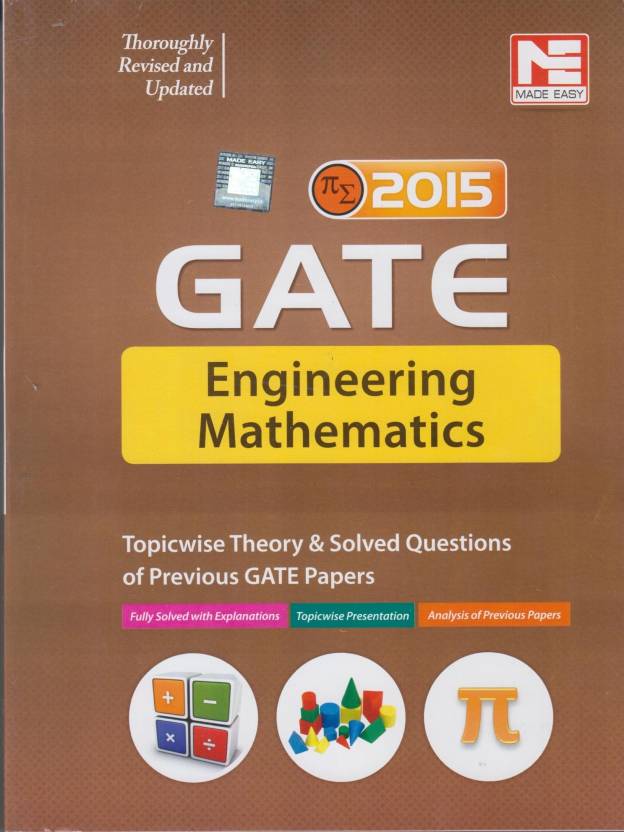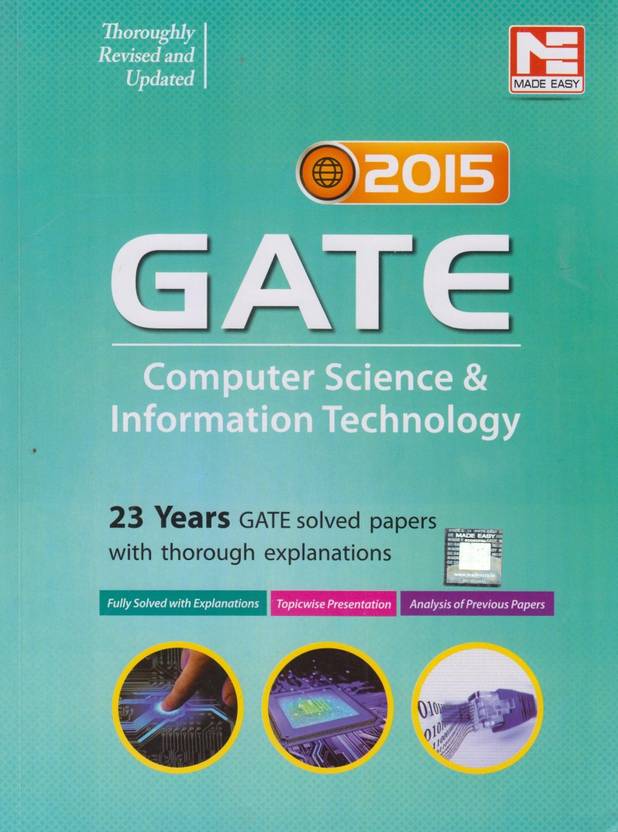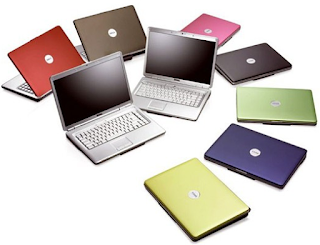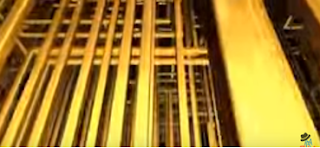FACEBOOK:
In 2017, we should not ask WHAT IS FACEBOOK? because touches the top of popularity, Everyone know about Facebook. A survey says that
"
Worldwide, there are over 1.79 billion monthly active Facebook users (Facebook MAUs) which is a 16 percent increase year over year. [ FACEBOOK UPDATES: https://goo.gl/SZL1Vy ]"
According to Wikipedia:
Facebook is an American for-profit corporation and online social media and social networking service based in Menlo Park, California.
Wikipedia
But Today We Will Talk About The DATABASE of Facebook.
HOW BIG IS FACEBOOK DATA?
You will surprisingly amazed to hear that everyday 2.5 billion piece of content and 500+ Terabytes is ingested over the Facebook.
Facebook showed some big states of data, data-centers to a few reporters at it`s head-quarter, including the process management of 2.5B pieces of contents and 500+ Terabytes of data on daily bases. It`s saving in 2.7 billion likes and 300 million photos per day, and on the second hand it also scan the data roughly of about 105 terabytes each each half hour. In addition to, it gave it`s first details on it`s new "Project Prism".
HOW FACEBOOK MANAGE BIG AMOUNT OF DATA?
Jay Parikh, VP of Engineering explained why this is so important to Facebook; Big Data is really is like having the penetration and it makes an impact on your business. If your are not taking the advantage of the data you have, then it is just useless clump of data and infect you do not have any information. By processing data in minutes, Facebook can roll out new products, understand user reactions, and modify design in near real-time.
Another thing Facebook showed was that over 100 petabytes of data are stored in a single Hadoop disk cluster, and the Ajay Parikh(VP) noted "We think we operate the single largest Hadoop system in the world." Someone ask "Is your Hadoop cluster bigger than Yahoo`s?" everyone was shocked to hear the VP saying "YES" with a wink.
What he said, that sounds like a lot to smaller businesses, but it is a reality, he also noted that in a few months “No one will care you have 100 petabytes of data in our warehouse”. The speed of ingestion of DATA keeps on increasing, and “the world is getting hungrier and hungrier for data.”
And this data isn’t just helpful for Facebook. It passes on the benefits to its Adman. Ajay explained, “We’re tracking how ads are doing across different dimensions of users across our site, based on age, gender, interests, We judge that, ‘actually this ad is doing better in Los Angeles so we should show more of this ad in Los Angeles to make it more successful.'”
More he said "Facebook does not even need to push changes to see their impact now. “By looking at historical data, We can validate a model before putting it into production. We put data in a simulation, and can see ‘will this increase CTR by X?'” It also has a system called Gatekeeper that lets it simultaneously test different changes on tiny percentages of the user base.
Then there’s “Project Prism (Facebook's Project Prism is reimagining how big data scales. MapReduce is a model for processing large data sets using clusters of servers and distributed computing; Apache Hadoop is one of its most common implementations.
)”. Right now Facebook actually stores its entire live, evolving user database in a single data center, with others used for redundancy and other data. When the main collection gets too big for one data center it has to move the whole thing to another that’s been expanded to fit it. This shuttling around is a waste of resources.
Ajay (VP) says “Project Prism lets us take this monolithic warehouse…and physically separate [it] but maintain one view of the data.” The means the live dataset can be split up and hosted across Facebook’s data centers in Virginia, California, North Carolina,Oregon, and Sweden.
Users might be a little bit Queasy about the idea that Facebook employees could look so deep into their activities, but Facebook assured that, there are numerous protections against abuse. All data access is logged so Facebook can track which workers are looking at what and for what. Only those working on building products that require data access get it, and there is an intensive training process around acceptable use. And if an employee Nose where they’re not supposed to, they’re fired. Ajay stated strongly “We have a zero-tolerance policy.”

